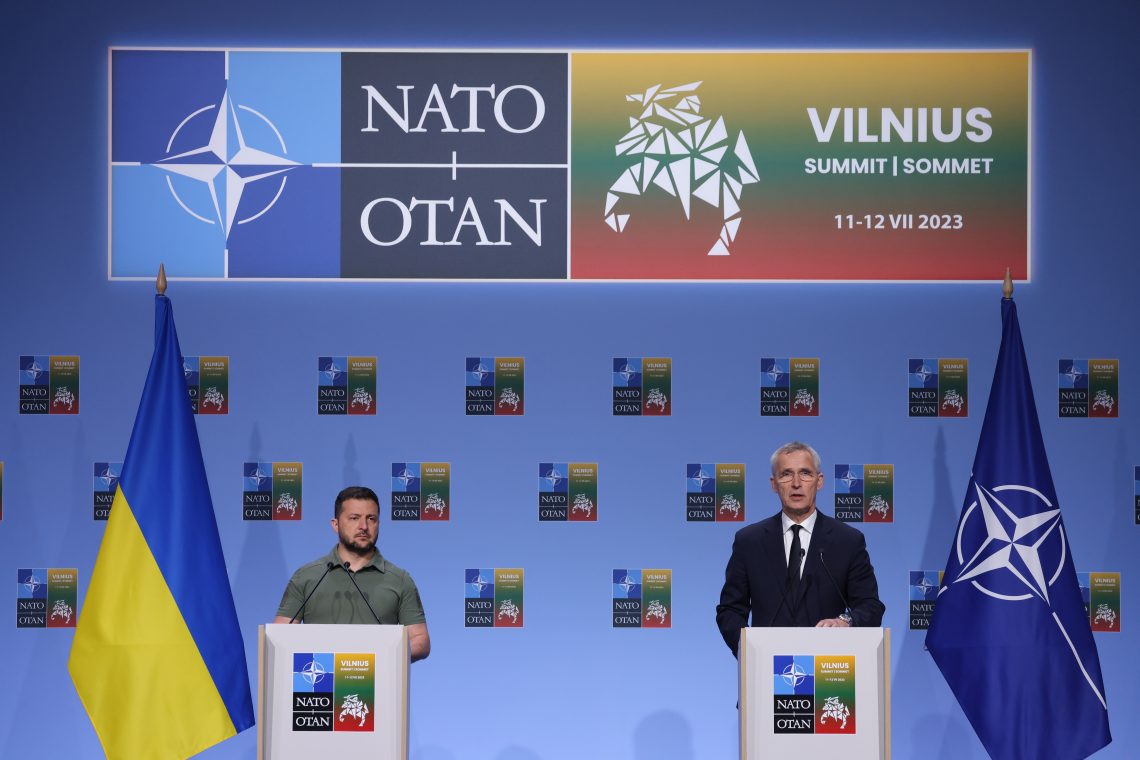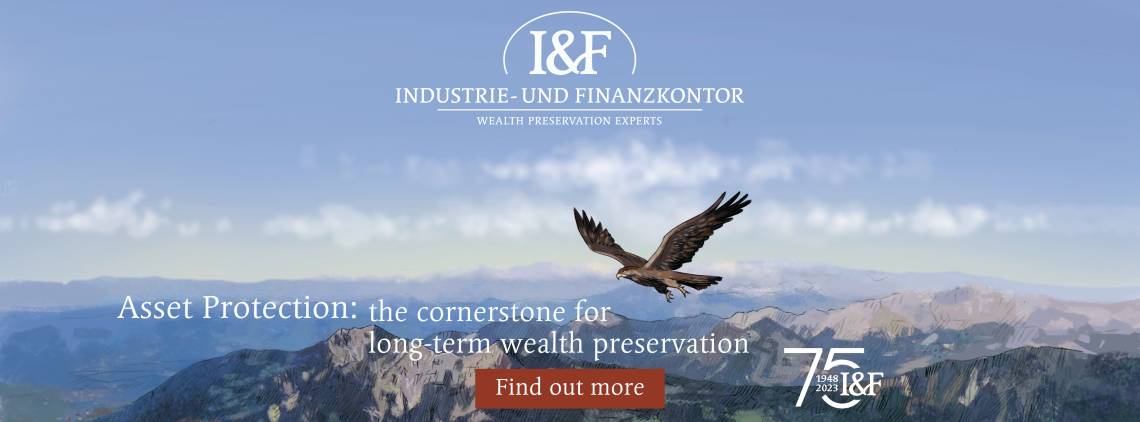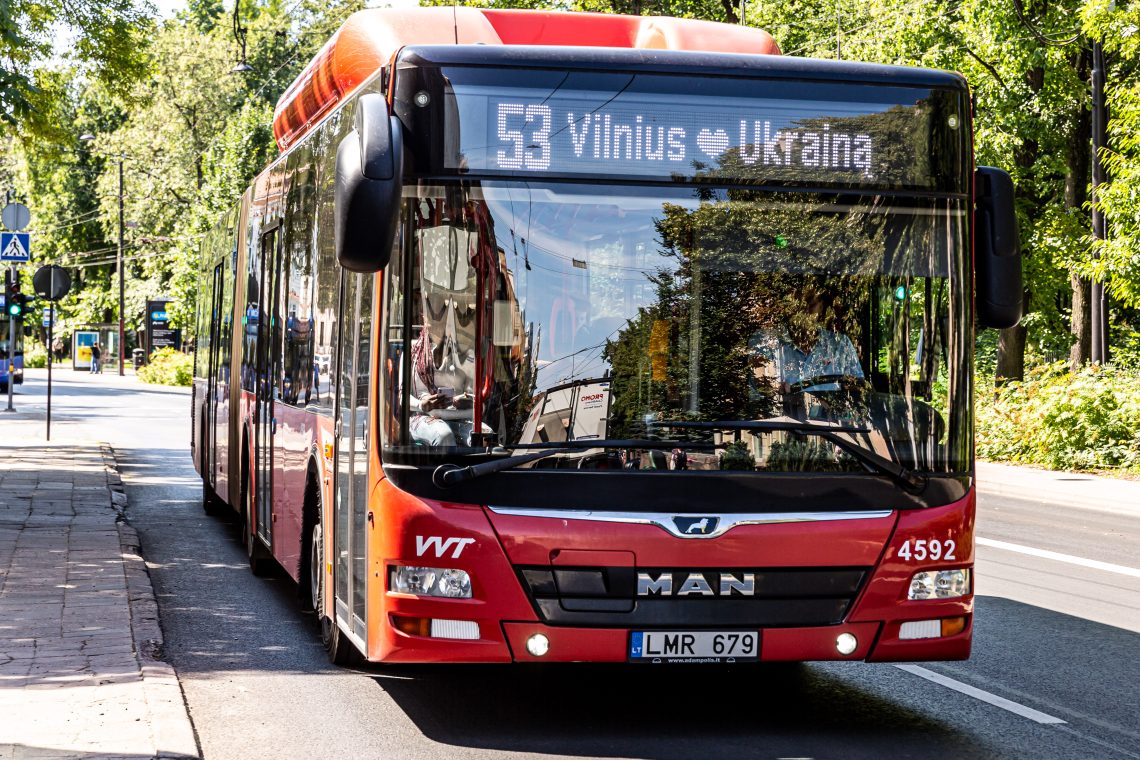Small steps at the Vilnius NATO summit
While Ukraine did not receive an invitation to join the alliance, several decisions were made to counter Russia more effectively.

In a nutshell
- The Vilnius summit addressed operational and strategic matters
- The alliance is shifting from contingency to specific defense plans
- Ukraine’s path to NATO membership remains uncertain
The July 2023 NATO summit in Vilnius had to address two challenges: first, the full-scale war between Russia and Ukraine, waged at the gates of the alliance; and second, the new Cold War between Russia and the West.
The summit resulted in several strategic decisions, some of which were operational responses to the war in Ukraine. But other resolutions aimed to reshape NATO itself to make it more effective in the broader context of renewed tensions between the West and Russia.
The operational decisions taken were mostly a continuation of existing measures: military support for Ukraine and political pressure on Russia, as well as further strengthening of the eastern flank of the alliance. To do so, particular emphasis was put on regional defense plans.
A noteworthy change at the Vilnius summit is the shift from contingency plans to specific operational plans. Previously, NATO had contingency plans that outlined potential threat scenarios and responses, but did not specify the exact number of troops required. The necessary forces would only be decided during a lengthy process as a crisis developed.
More on Russia’s war in Ukraine
Russia-Ukraine war: Scenarios
Ensuring Ukraine’s postwar security
Now, NATO has put in place specific regional operational plans for the northern, eastern and southern regions that assign forces in advance. This change dramatically increases NATO’s ability to swiftly counter possible attacks, making it a significant deterrent against aggression. The alliance is also boosting military presence on its eastern border by transforming some existing multinational battalion groups into larger units, known as brigades.
Naturally, this approach requires more troops stationed along NATO’s borders, heightened readiness of an increased number of quick response forces, and crucially, reliable methods to prevent surprise attacks. These could include strategic intelligence, operational reconnaissance and continuous monitoring. All of this means NATO will be better able to react rapidly to emerging threats, rather than having to agree on a response post factum.
No clear path to NATO membership for Ukraine
It was announced at the summit that Turkey would approve Sweden’s membership bid, making it likely that the country would soon follow Finland in joining the alliance. Given NATO’s already extensive cooperation with the two Nordic countries, their integration is unlikely to pose problems.

However, the summit did not solve the more challenging question of Ukraine’s membership. No specific timetable or road map was set, with officials simply stating that Ukraine will be invited to join “when allies agree and conditions are met.”
Facts & figures
NATO’s Membership Action Plan (MAP)
MAP is a NATO program designed to assist aspiring member countries in their efforts to join the alliance. It provides a framework of advice, assistance and practical support tailored to the individual national needs of candidate countries.
Under the MAP, states undertake a series of reforms to meet NATO standards in areas such as democracy, rule of law, economic stability, defense capability and commitment to international law. Progress is reviewed annually by NATO.
Countries that have used MAP to join NATO include Albania, Croatia, Montenegro and North Macedonia.
It is significant that the requirement to complete the MAP process was dropped for Ukraine, suggesting a possible expedited path to membership due to geopolitical and strategic considerations.

A long-term support plan for Ukraine has been adopted. The NATO-Ukraine Council was established, allowing for direct consultations with all NATO members on important matters. The council can also make binding decisions. Interestingly, the previously required Membership Action Plan (MAP) for Ukraine was dropped.
More far-reaching proposals for Ukraine’s immediate admission to NATO while still at war with Russia would be virtually impossible to implement. The resulting decision was a compromise: maximum support for Ukraine in its war against Russia, with the assumption of an accelerated accession process after the end of the conflict – hence the discarding of the MAP and its many requirements.
The fact that Ukraine did not secure an invitation to join NATO in Vilnius means that its membership is still uncertain. This will allow Russia to include a clause precluding Ukrainian NATO membership in future peace negotiations. If Kyiv has to negotiate peace in unfavorable circumstances, it could have no other choice but to agree to such a condition. The resulting agreement would keep Ukraine out of the Western security architecture. The country would become a buffer zone between the West and Russia, making it likely that the Kremlin would try to bring it into its sphere of influence once again.
Despite not having received an invitation to join the alliance, Ukraine was presented with important opportunities at the summit. By taking advantage of the enormous help provided by the U.S. and G7 countries, Kyiv could become a powerful international actor, much like Germany after World War II or South Korea and Taiwan.
Scenarios
Ukraine remains outside NATO
The first scenario is a long-term continuation of the current situation. NATO will not issue an invitation to Ukraine because member states will not be able to agree on conditions while the country is still at war with Russia. This state of affairs could drag on for a very long time, especially if it becomes a frozen conflict with no prospects for resolution. Russia will try to prolong the conflict as much as possible to keep Ukraine out of NATO.
If prospects for NATO membership remain uncertain for an extended period of time, it is possible that Ukraine will lose interest in joining. This may ultimately turn out to be the consequence of the alliance’s decision in Vilnius: an independent Ukraine that is neither fully aligned with the West nor Russia.
Ukraine remains a NATO candidate
The second scenario is for NATO to issue an invitation to Ukraine in the coming months before or at the next summit in Washington. The accession process may last for years – most probably until a peace treaty is concluded between Ukraine and Russia.
However, Ukraine’s position as a formal candidate for NATO would mean much stronger security guarantees. Kyiv would be in a situation similar to that of Sweden during its candidacy. (For example, Sweden was included as an observer in all meetings at the summit in Vilnius despite still not being a member.) For Russia, it would be much more difficult to prevent Ukraine from joining the alliance if an official invitation is issued.
Ukraine joins NATO
The third scenario – Ukraine’s membership in NATO – hinges on the end of the war with Russia. This may happen in the event of a military victory for Ukraine that would indirectly result in President Vladimir Putin’s resignation or overthrow in Moscow. There is also a possibility that the Russian leader could be removed from power as a result of a coup, regardless of a definitive military defeat in Ukraine.
The war may also end as a result of both sides negotiating a compromise in the form of territorial concessions from Ukraine to Russia. Given all the uncertain variables in this scenario, it is the least likely at the moment.









